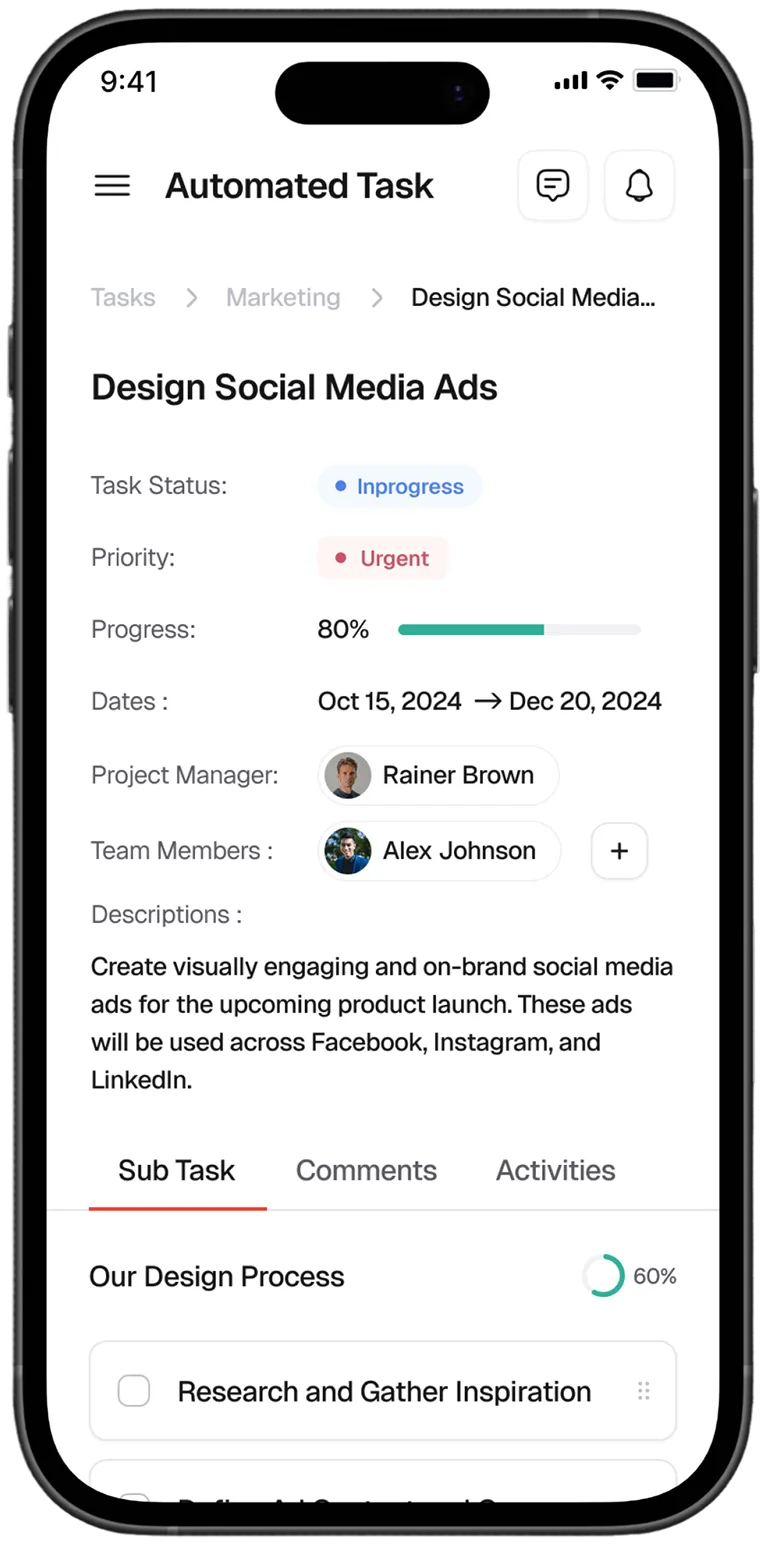That's not just inconvenient. It's expensive. While everyone focuses on pushing depletions higher during the holiday surge, most distributors bleed money in ways they don't see until January's P&L arrives.
Stock-outs, overtime costs, rushed shipments, and missed placements turn what should be your most profitable quarter into a margin nightmare.
Let's break down where the money goes and what winning distributors do differently.
The Stock-Out Problem: Silent But Deadly
Your top-selling craft IPA goes out of stock on December 18th. You scramble to restock, but by the time the product arrives, the holiday party season is over. Your key accounts have already placed orders with competitors who have inventory.
The real cost isn't just the immediate lost sale. It's the lost velocity at your most important PODs during your most profitable weeks. When a high-volume account switches suppliers, even temporarily, there's no guarantee they switch back in January.
A regional craft beer distributor calculated that one week of stock-outs on their top 10 SKUs cost them $180,000 in lost depletions that went to competitors instead.
The math:
- Average case equivalent: $120
- Lost sales per POD: 15 cases/week
- Affected PODs: 100
- Duration: 1 week
- Total: $180,000
And that doesn't include erosion of shelf space and retailer trust.
Why This Keeps Happening
Stock-outs aren't a volume problem. They're a visibility problem.
Most distributors can't see demand shifting fast enough to rebalance inventory across warehouses. By the time you notice velocity spiking in Territory B, you're already out of stock at your highest-volume accounts.
The pattern repeats every Q4:
- Demand spikes unpredictably across different SKUs and territories
- Manual forecasting can't keep up with the complexity
- Inventory sits in the wrong warehouse while accounts stock out elsewhere
- Rush shipments (at 2-3x normal cost) try to fix the problem after it's too late
The distributors who avoid this? They see demand shifts 7-10 days before stock-outs occur, not 2 days after.
What Winning Distributors Do Differently
The distributors who crush Q4 (and actually improve margin while growing depletions) do three things:
1. They Forecast Demand in Real-Time
Instead of locking in a Q4 forecast in September and hoping it holds, they adjust predictions daily based on:
- Historical depletion patterns at the SKU/account level
- Promotional activity and lift data
- Weather patterns (temperature affects beverage velocity)
- Local events and competitive activity
This means they see demand shifts before they become problems.
2. They Balance Inventory Dynamically
Peak season means demand is unpredictable and uneven. One region spikes while another stays flat.
Winning distributors don't wait for weekly inventory counts; they balance stock in real-time based on where velocity is trending. If Product A is moving 30% faster than expected in Territory B, the system flags it and suggests transfers before stock-outs occur.
3. They Automate the Bottlenecks
Order entry, route planning, and inventory reconciliation: these tasks don't scale with human labor. A team that processes 300 orders/day in October can't suddenly handle 450 orders/day in December without breaking.
Winning distributors automate workflows so operational capacity scales with volume, not headcount.
The result? Teams work normal hours, orders process faster, routes run efficiently, and margin improves during peak season.
Real Numbers from a Mid-Sized Distributor
A beer distributor in the Southeast implemented Ohanafy’s real-time inventory visibility and AI forecasting before Q4 2024.
Results:
- Stock-outs reduced from 47 incidents to 6 (87% reduction)
- Rush freight costs dropped from $34,000 to $4,200 (saved $30K)
- Inventory turn improved 18% (lower carrying costs)
- Captured $125,000 in incremental depletions from competitors' stock-outs
Total Q4 margin improvement: $180,000+
They didn't work harder. They worked with systems built to handle peak season complexity.
The Bottom Line
Q4 chaos is inevitable. Lost margin isn't.
Stock-outs, overtime, rush shipments, and missed placements aren't costs of doing business; they're operational failures that modern technology eliminates.
You can treat Q4 like an endurance test and hope you survive with margin intact.
Or you can fix the systems that fail you every October, November, and December.
Ready to stop losing at the finish line?
Download our Q4 Operations Checklist for Distributors: a step-by-step guide to identifying bottlenecks, reducing failures, and protecting margin during peak season.




.png)